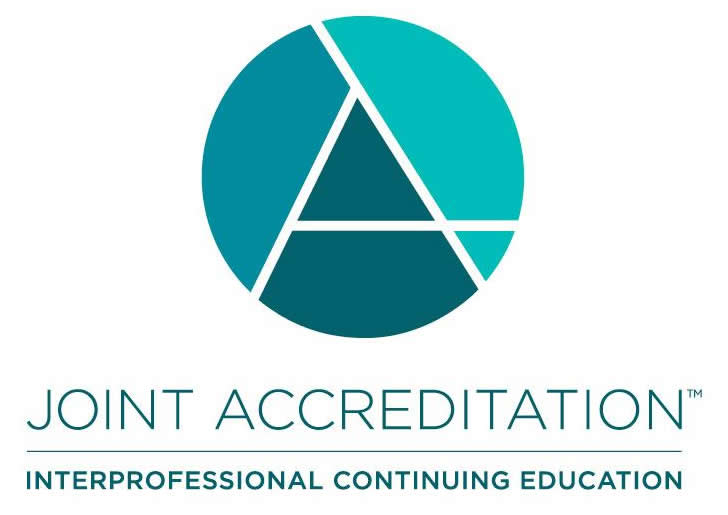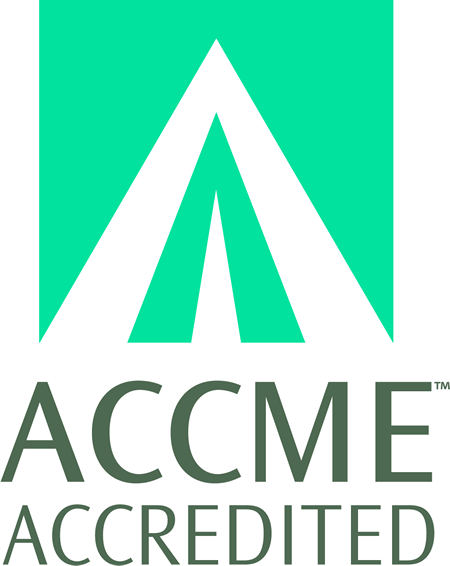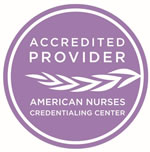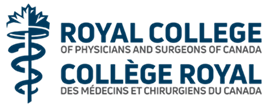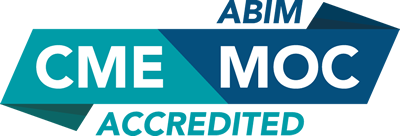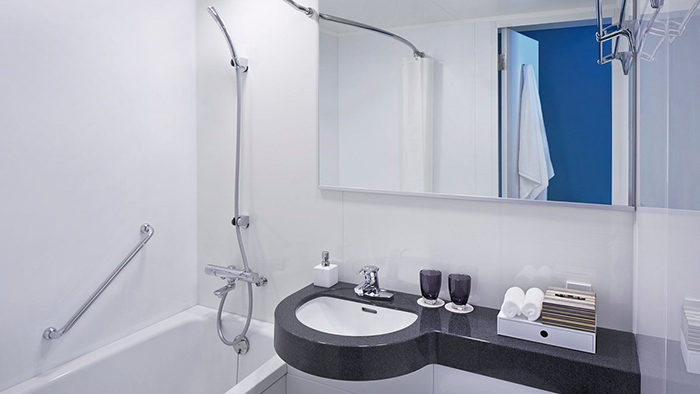
COURSE CREDITS & HOURS
21 AMA PRA Category 1 Credit(s)™21 ACPE Credits
21.0 Contact Hours
21 (part II) MOC points in medical knowledge in the American Board of Internal Medicine's (ABIM) Maintenance of Certification (MOC) program
COURSE FEES
TARGET AUDIENCE
PROGRAM PURPOSE
The purpose of these lectures is to provide an experienced clinician's perspective on the delivery of individualized, patient-centered care and to identify and treat important problems in primary care medical practice. Participants are expected to learn new skills and techniques in medical interviewing (e.g., taking appropriate sexual and spiritual histories), diagnostic reasoning (e.g., determining when to perform imaging studies in individuals with headache, appropriate diagnostic work-up of patients complaining of chronic fatigue), clinical skills (e.g., appropriate methods of determining accurate blood pressure readings), medication management (e.g., managing side effects of testosterone) and health counseling (e.g., encouraging proper dietary practices and exercise).
- Describe the pathophysiology of the cardiometabolic syndrome
- Describe the evidence supporting the beneficial effects of the Mediterranean diet. Confusion exits regarding optimal diets for the prevention of atherosclerosis.
- Outline the major changes in the new AHA/ACC guidelines regarding the treatment of hypertension
- Explain the prevalence and the pathophysiology of erectile dysfunction.
- Describe three treatment strategies for ED
- Describe the prevalence of statin intolerance Describe three treatment strategies for statin intolerance
- Explain the risk stratification for patients anticipating noncardiac surgery.
- Describe a comprehensive and evidence-based approach to the medical management of congestive heart failure
- Assess the patient's current state of physical, psychological, and spiritual health.
- Effectively treat patients with migraine headache using non-pharmacologic means, abortive medications, and preventive medications.
- Consider that tension-type and cluster headaches are discrete sub- types of headache, each of which requires a specific diagnostic approach
- Sustain initial treatment for depression for six months after remission of symptoms to lower risk of relapse
- Recognize that depression is a common, but often misdiagnosed illness, which can be treated effectively by primary care physicians using medical therapy, psychotherapy, and adjunctive treatment
- Utilize the following adjunctive treatments where appropriate:
- Patient education (bibliotherapy)
- Diet (limit sugar, simple CHOs, caffeine)
- Exercise (150 min/week)
- Behavioral activation (pleasant activities)
- Light (10,000 lux for 30 min daily)
- Support (iatrotherapy)
- Spirituality
- Elicit and assess symptoms of panic disorder and agoraphobia
- Apply appropriate lifestyle modification and stress management skills, including muscle relaxation, breathing control, thought-stopping, and cognitive restructuring
- Recognize the key symptoms, signs, and clinical presentation of somatizing patients.
- Consider the clinician's role from the personal and psychosocial aspects of care their clinicians
- Elicit a spiritual history in an ethically-appropriate manner. Spiritually-sensitive care enhances the clinician-patient relationship and may positively influence health care outcomes.









